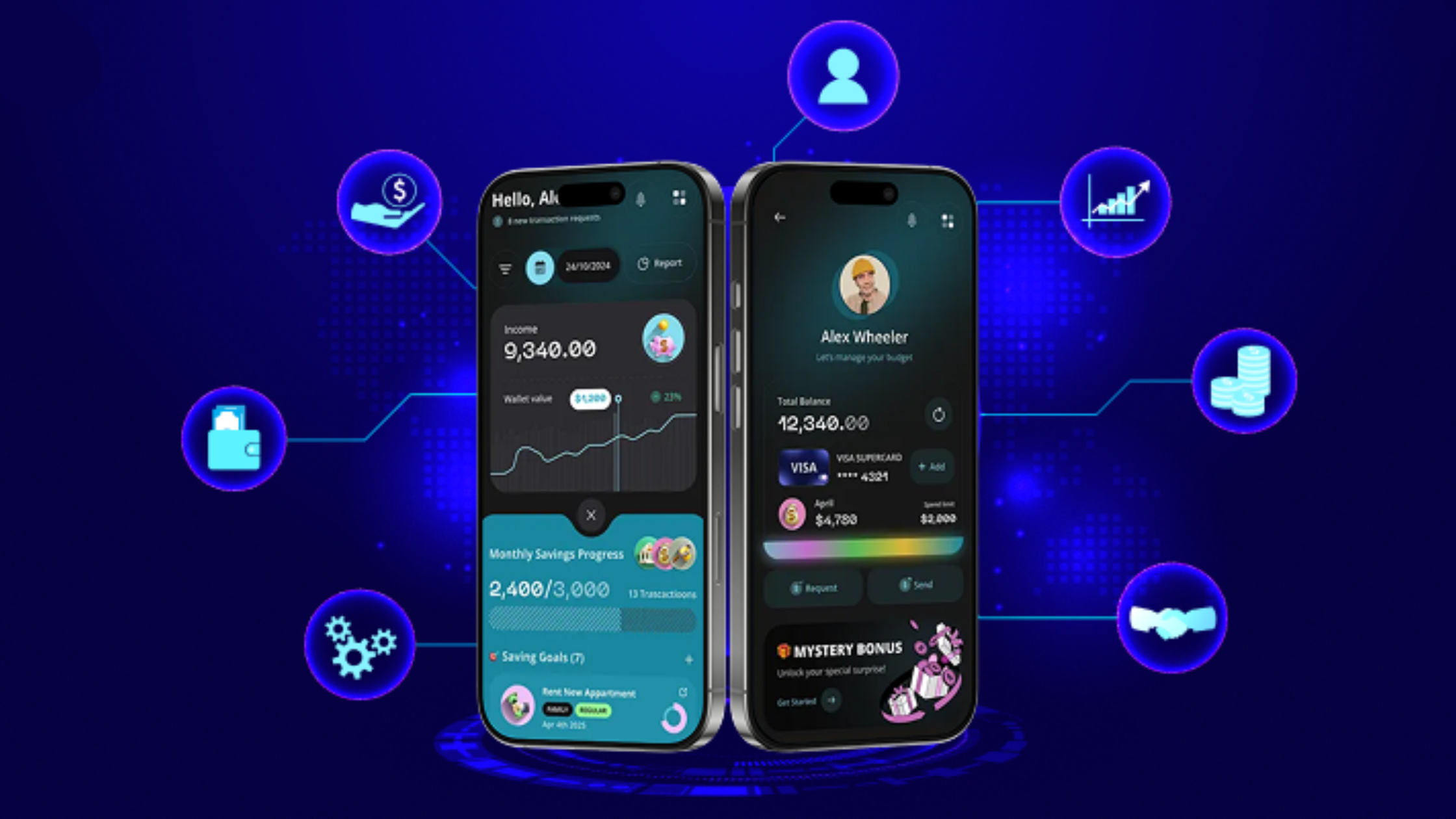Short Summary
This blog explores how Quality Assurance (QA) and Workforce Management (WFM), when combined, can transform customer service. By balancing efficiency with empathy, businesses can reduce wait times, improve resolution quality, and build stronger customer loyalty.
When was the last time you called a customer service center and left feeling truly satisfied? It probably wasn’t just the solution that made you happy. It was probably because the interaction felt smooth, empathetic, and efficient.
That kind of experience doesn’t happen by accident. It’s the result of two powerful forces working behind the scenes: QA and Workforce Management (WFM).
Individually, they’re important. But when combined, they can completely transform the way businesses deliver customer service.
Why Customer Service Needs More Than Just Quick Fixes
Today’s customers are more demanding than ever. They expect:
- Fast responses
- Personalized solutions
- Consistency across channels (phone, chat, email, social)
- Respect for their time
A single bad experience can push them toward competitors. That’s why businesses are realizing that customer service isn’t just a department—it’s a strategy. And at the heart of that strategy lies QA and WFM.
Understanding Quality Assurance in Customer Service
Think of QA as the “coach” for your customer service team. It’s not about catching mistakes it’s about ensuring consistent excellence.
Quality Assurance involves:
- Monitoring customer interactions (calls, chats, emails)
- Evaluating tone, accuracy, and resolution quality
- Providing feedback and training
- Maintaining compliance with industry standards
The goal? To make sure every customer gets the same level of care, no matter who they interact with.
Why it matters: QA builds trust. Customers don’t just want answers—they want the right answers, delivered in the right way.
What is Workforce Management?
Workforce Management acts as the “strategist,” ensuring the right people are available at the right time in the right place.
It includes:
- Forecasting call volumes and demand
- Scheduling agents efficiently
- Tracking performance metrics
- Managing resources during peak hours
Why it matters: WFM reduces wait times and ensures agents aren’t overworked. A well-managed workforce can focus on solving problems instead of rushing through calls.
The Magic Happens When QA and WFM Work Together

Now, imagine QA and WFM as two sides of the same coin. Individually they’re strong, but together, they create customer service magic.
Here’s how:
- Balanced Workloads, Higher Quality
WFM ensures agents aren’t overloaded, giving them time to handle calls properly. QA ensures that time is used effectively. The result? Less burnout and better service. - Real-Time Adjustments
If QA notices quality issues (like agents rushing through calls), WFM can adjust schedules or resources instantly to reduce pressure. - Data-Driven Insights
QA provides qualitative insights (tone, empathy, accuracy), while WFM provides quantitative data (average handling time, call volume). Together, they create a full picture of performance. - Consistent Customer Experiences
With WFM handling staffing and QA handling service quality, customers consistently get fast, accurate, and empathetic service—no matter when they call.
Example: An eCommerce Customer Support Center
Picture an eCommerce company during the holiday season. Orders are pouring in, customers have shipping questions, and wait times are climbing.
- WFM ensures enough agents are scheduled for peak hours.
- QA monitors calls to ensure agents are handling stressed customers with empathy and accuracy.
- Together, they prevent long queues and maintain high-quality interactions.
The result? Customers leave satisfied—even if their order was delayed—because the service felt supportive and efficient.
Key Benefits of Combining QA and WFM
- Reduced Wait Times – More accurate scheduling leads to faster responses.
- Improved First-Call Resolution – QA-driven feedback helps agents solve problems in one go.
- Higher Agent Satisfaction – Balanced schedules + constructive feedback reduce stress.
- Better Customer Loyalty – Consistent, high-quality service keeps customers coming back.
- Stronger Business Insights – Data from QA and WFM fuels smarter decisions.
Future of QA and WFM in Customer Service
The future is even more exciting. With AI, automation, and advanced analytics:
- AI-driven QA will analyze calls in real-time for tone, keywords, and compliance.
- Smart WFM tools will predict demand with near-perfect accuracy.
- Together, they’ll give managers the ability to improve service proactively, not reactively.
This means fewer frustrated customers, happier agents, and stronger brand loyalty.
Conclusion
Customer service excellence isn’t about doing one thing right it’s about bringing different elements together.
- Quality Assurance ensures that service is accurate, empathetic, and consistent.
- Workforce Management ensures that teams are available, balanced, and effective.
- Together, they create an ecosystem where customers feel valued and heard.
In other words, QA and WFM are the unsung heroes of customer service. When they align, businesses don’t just solve problems they create customer service magic.
Ready to Deliver Exceptional Customer Experiences?
If you’re looking to build customer service that’s fast, reliable, and loved by customers, it’s time to focus on Quality Assurance and Workforce Management.
📩 Let’s talk about how you can strengthen your customer service.
🌐 Explore Our services







